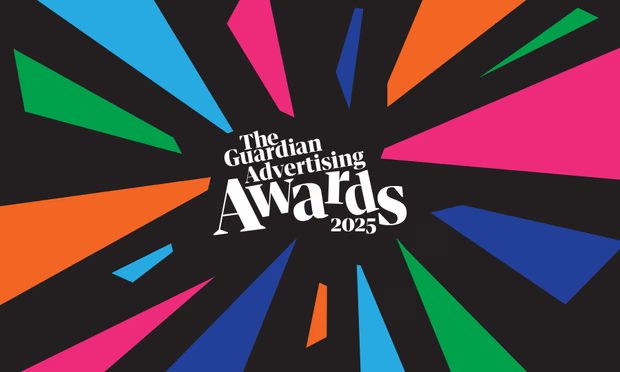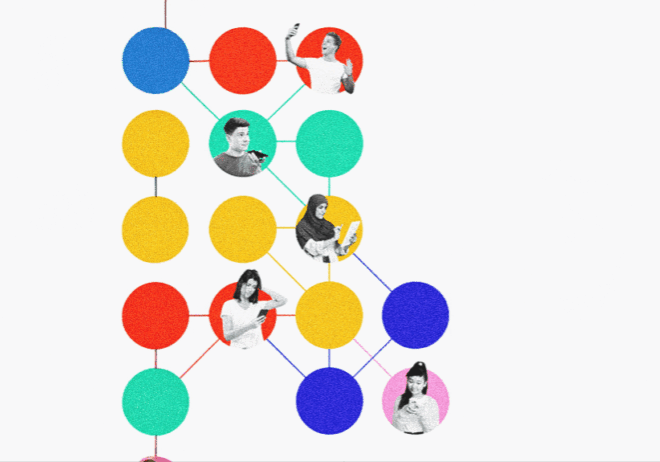
Inclusive Advertising Metrics: Are Your Campaigns Truly Seen?
When was the last time you scrolled through Instagram, binged-watched a show on Netflix or skimmed through YouTube? How many of the ads really grabbed your attention? More importantly, how many ads invoked a feeling of relevance? I tend to think that many more-than-we-realize simply went right by. Not because the ad wasn’t entertaining or clever, but because it did not feel relatable, inclusive, or even relevant within our realities.
That is the paradox of advertising in 2025. Brands spend billions of dollars and invest immense resources to simply be seen, yet millions of people still feel invisible. Why is this? For one, the argument that inclusivity in advertising is political, not personal, is fundamentally flawed. It’s not about who is or isn’t on screen, but how brands measure, understand, and optimize campaigns. The question shouldn’t be “Did people see my ad?” but “Did the right people feel seen by my ad?”
Let’s discuss how brands can go beyond basic representation, reconceptualize how they define success, and analyze examples from real campaigns in 2025 that demonstrate that inclusive advertising will only work when the metrics are also inclusive.
Inclusive advertising is more than casting (understanding inclusive marketing)
For many years, brands thought that if they put diverse faces in commercials, they achieved inclusivity. Representation is important, of course, but inclusive advertising isn’t only about casting. It is about:
- Language: Are captions, translations, and subtitles accurate and respectful of a person’s language and dialect?
- Accessibility: Are you reaching people with disabilities with your ideas (for example, audio descriptions for a visually impaired audience)?
- Cultural nuance: Is your idea relevant across regions, social contexts, and generational gaps? Does your message fall flat?
- Where you are providing this content: Are you actually showing up where populations who identify with these groups want to consume or this is simply on mass channels?
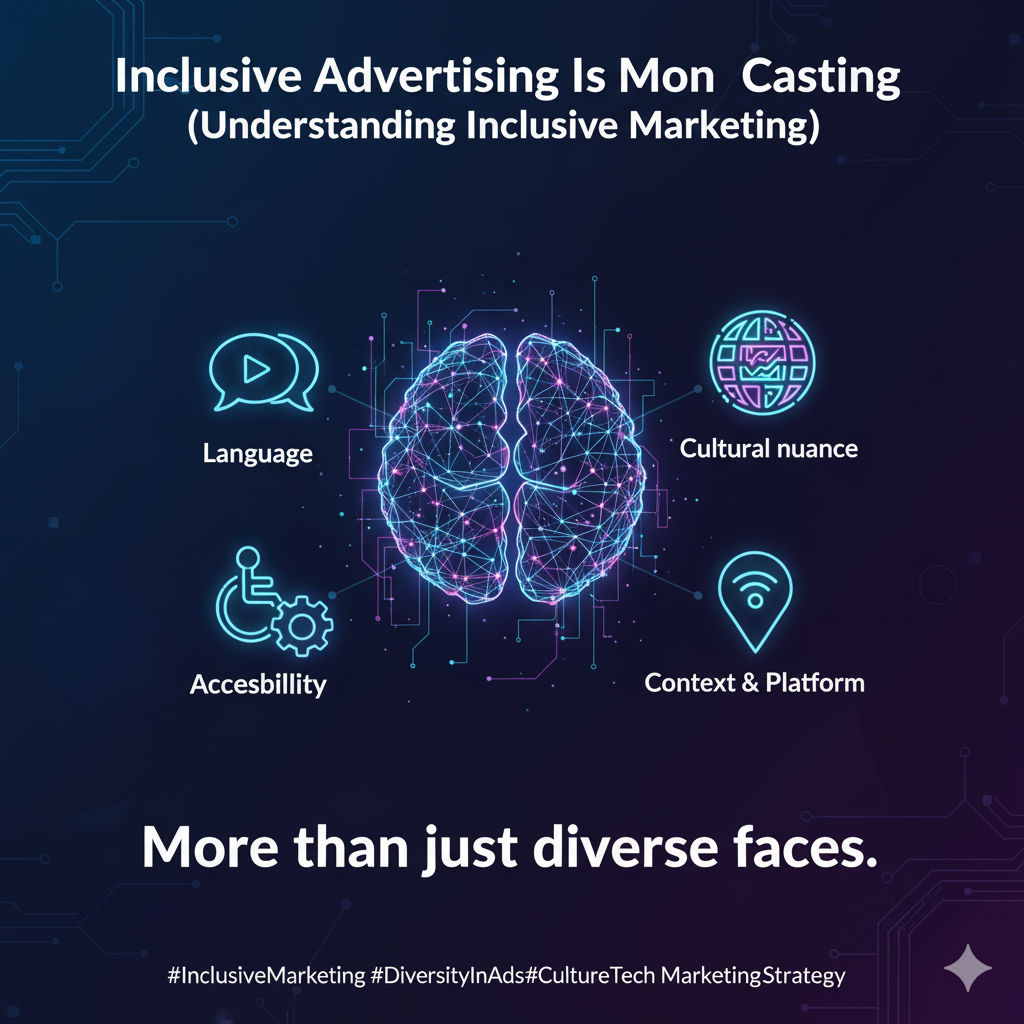
It is far too easy to check off the box and say you included a person of color, a queer couple, or a differently abled person in a campaign, but inclusive advertising is meaningless as advertising– an agreed-upon and delivered statement or simulation or circumstance– if thoughtful advertising hasn’t assessed whether consumers from those communities engaged with the delivery of and messaging.
Metrics that miss the mark (and people)
Here’s the inconvenient reality—that you might deny or disbelieve—standard ad metrics don’t measure if you’re truly engaging with your campaign. Impressions, clicks, and views can indicate some reach, but that process doesn’t confirm whether a particular ad has reached individuals who often feel left out of the communication. For example:
High Reach, Low Relevance: An ad campaign may have “reached” 1 million, but if it misses the mark with underrepresented groups, that reach is meaningless.
Vanity Metrics Hiding Blind Spots: CTR (Click-Through Rate) or VTR (View-Through Rate) might all be strong indicators, while completely missing engaging a broad swath of communities.
Unbalanced Survey Samples: So many post-campaign surveys, simply result in failure by not using/missing sampling from those marginally represented.
All without metrics that are inclusive, means brands can falsely pat themselves on the back for visibility without asking the real question: visibility for who.
Let’s understand the difference between “Seen” vs. “Feeling Seen”
Before diving in more deeply, let’s pause here and understand the difference between being seen and feeling seen. Being seen means your ad plays before someone’s video, and feeling seen means the person watching feels recognized, respected, and represented in the ad.
One is around exposure. The other is connectedness, which is the basis of brand loyalty. When someone feels really connected, they don’t feel like a spectator; they now become an advocate for you.
AdPulse recently talked about ad fatigue and mentioned:
“Audiences have had enough of being sold to; they just want to feel seen, heard, and entertained.”
This statement perfectly illustrates the reality of advertising in 2025. If the metrics you’re tracking fail to measure whether or not you made people feel seen when they engaged with the marketing assets, you are missing the true return on investment on inclusivity.
Did you know: There’s a business case for inclusivity (yes, really)
This is not only a marketing principle that makes us feel good, but it is a business principle. Research shows:
- Consumers reward brands for inclusivity: Nearly 70% of Gen Z shoppers are more willing to buy from a brand that features diversity and inclusivity in its advertising.
- The cost of exclusion: Brands that miss cultural context or do not feature representation will be boycotted, receive backlash online, and suffer long-term damage to their reputations.
- Inclusive campaigns perform better: Ads that audiences rate as “highly inclusive” have better performance measures than a generic campaign, by double-digit percentages for engagement and purchase intent.
So yes, inclusivity is about doing the right thing, but it is also smart.
Reconsidering the scorecard: What an inclusive framework looks like
If we aspire for truly inclusive advertising, we must redefine success. Consider this for more inclusive metrics:
Audience Diversity Index: Go beyond demographics. Track how much campaigns reach underrepresented audiences (by geography, language, disability, and socio-economic status).
Perception Assessment: Survey, focus groups, or social listening to assess if communities feel authentically represented versus stereotyped.
Accessibility Scores: Did the ad include captions, audio descriptions, or translation? Did fonts/colors accommodate color-blind audiences?
Sentiment Analysis by Segment: Don’t just measure positive/negative engagement. Break it down to cultural, gender, and generational breakdowns to measure blind spots.
Engagement Quality: Did individuals comment with phrases: “Finally, someone understands”; or “This is me.” Qualitative is gold.
Storytelling that sticks: 2025 examples of campaigns
Some brands in 2025 are demonstrating that inclusivity is not only a buzzword but a business model. These activities establish, through genuinely inclusive metrics, how authentic storytelling can connect with under-engaged audiences.
Savage X Fenty’s “Love Your Way”
Savage X Fenty recognized various (and equally valid) versions of love (romantic, platonic, and self-love) for Valentine’s 2025 (or just love expressed in a variety of identities and body types). Their loyalty is attributed to the consistency of storytelling that signals inclusion (as opposed to just seasonal tokenism).
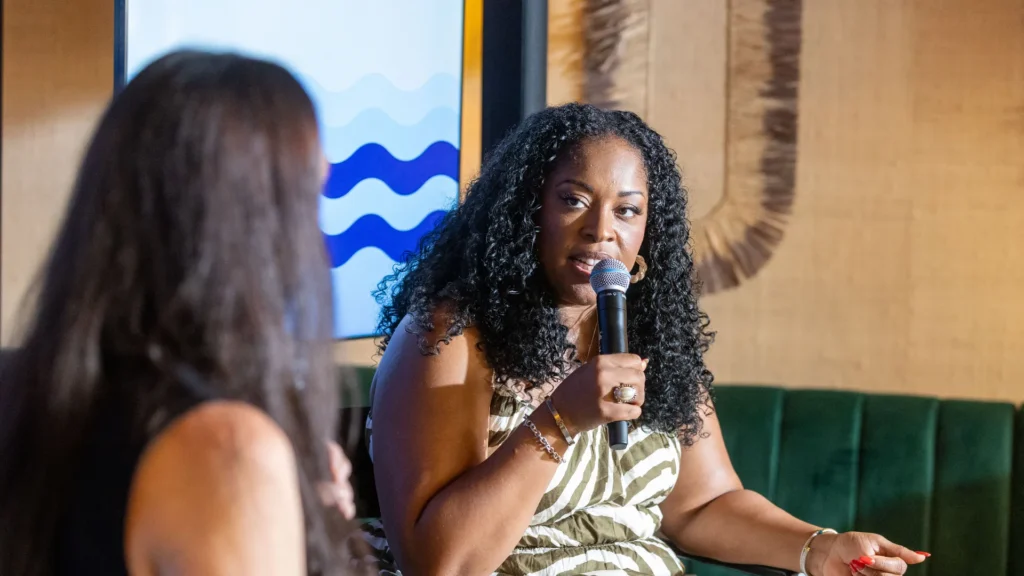
QVC won the Guardian Advertising Awards 2025 Grand Prix for tackling an entire stage of life that is neglected by most advertising. Its frankness in addressing menopause for (and with) underrepresented audiences earns the mark of a new (audacious & brave) standard in brand storytelling.
e.l.f. Beauty’s move to accessibility
e.l.f. Beauty (featured in the 2025 SeeMe Inclusivity Index) expanded their definition of diversity beyond casting practices to include accessibility (after realizing that people with disabilities need not only be shown, but included). e.l.f. has QR Codes for audible product descriptions, hiring talent from the blind/low-vision representatives. e.l.f. demonstrated that inclusion is more than visual, it is structural.
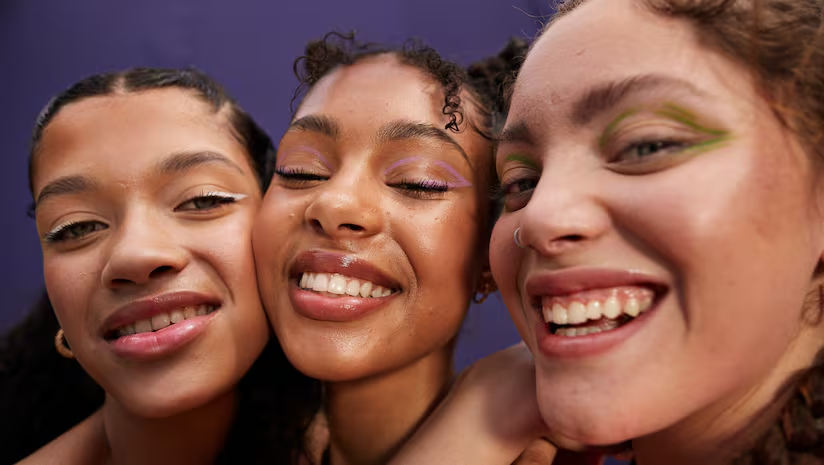
A Kantar-ASCI-UA report in 2025 reported individuals from the LGBTQ+ community and with disabilities are represented in fewer than one percent of ads, also reporting only four percent of ads feature people aged 65 and older in India. The report highlights the massive gaps in measurement, accountability, and investment in countries, especially emerging markets like India or countries in Africa.
The “checklist trap”
Here’s a funny little warning: inclusion isn’t a bingo card.
- One person of color
- One plus-size model
- One same-sex couple
Check, check, check—and done! RIGHT?! WRONG. Audiences can sniff inauthenticity from a mile away. Inclusion should be factored into strategy—not sprinkled on like seasoning at the end. And metrics should drive that commitment.
Are your campaigns truly visible? If no, here’s what to do about it
Just asking “Did my ad run?” is often not sufficient, but instead, the question becomes: Who actually saw it? Who felt seen by the campaign? Who was left out unintentionally?
In today’s ad world, invisibility is rarely an accident—it is generally a function of how we measure “success.”
Improving visibility requires consideration of more than just reach and clicks, building inclusion and meaningful KPI’s from the outset of the campaign, and collaborating with the communities you seek to engage effectively. AI and analytics can only address blind spots if the data doesn’t reveal bias. When it’s done right, campaigns don’t only run on the screen—they also appear in ways that are meaningful to people and are human authentic—and memorable.
Cut to the chase
Do not make assumptions—ensure your ads are delivered to the correct audiences and are seen. Build inclusivity into your KPI’s, co-create with diverse communities, and utilize data to identify blind spots. Begin by measuring resonance, not just reach, and turn visibility into tangible impact. Your audience is waiting—are you ready to see them?
